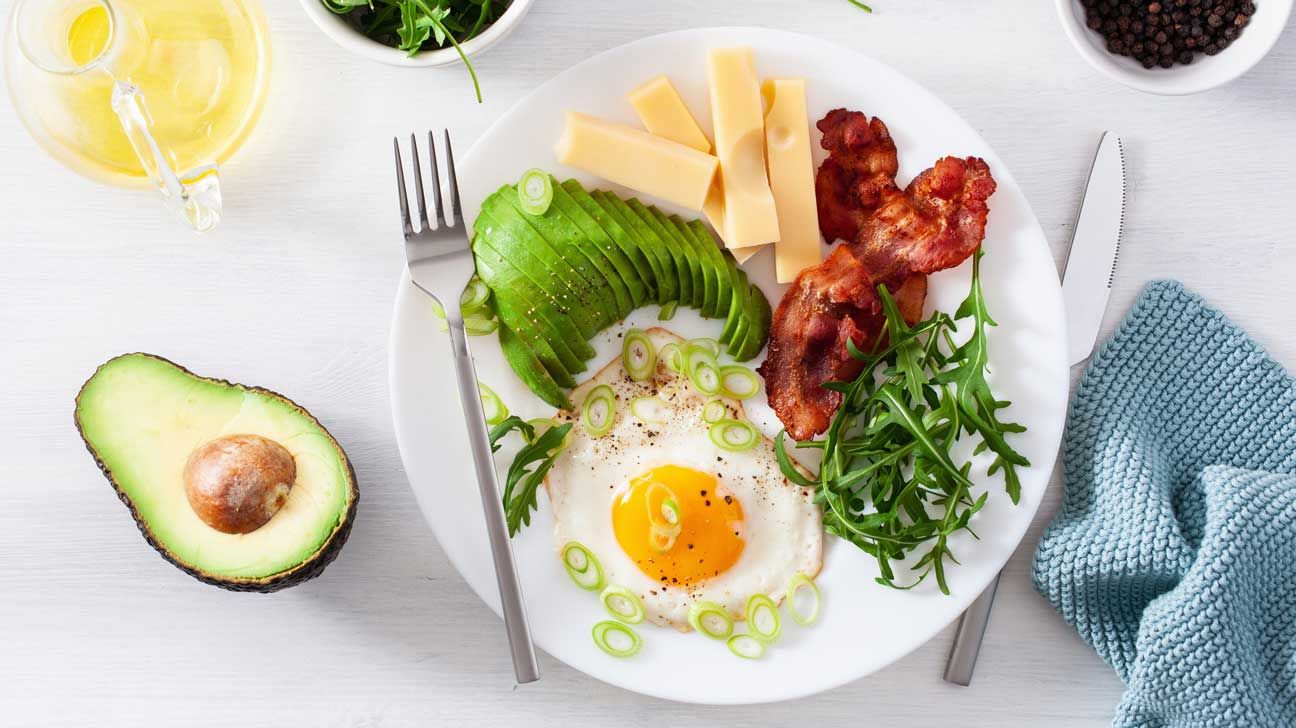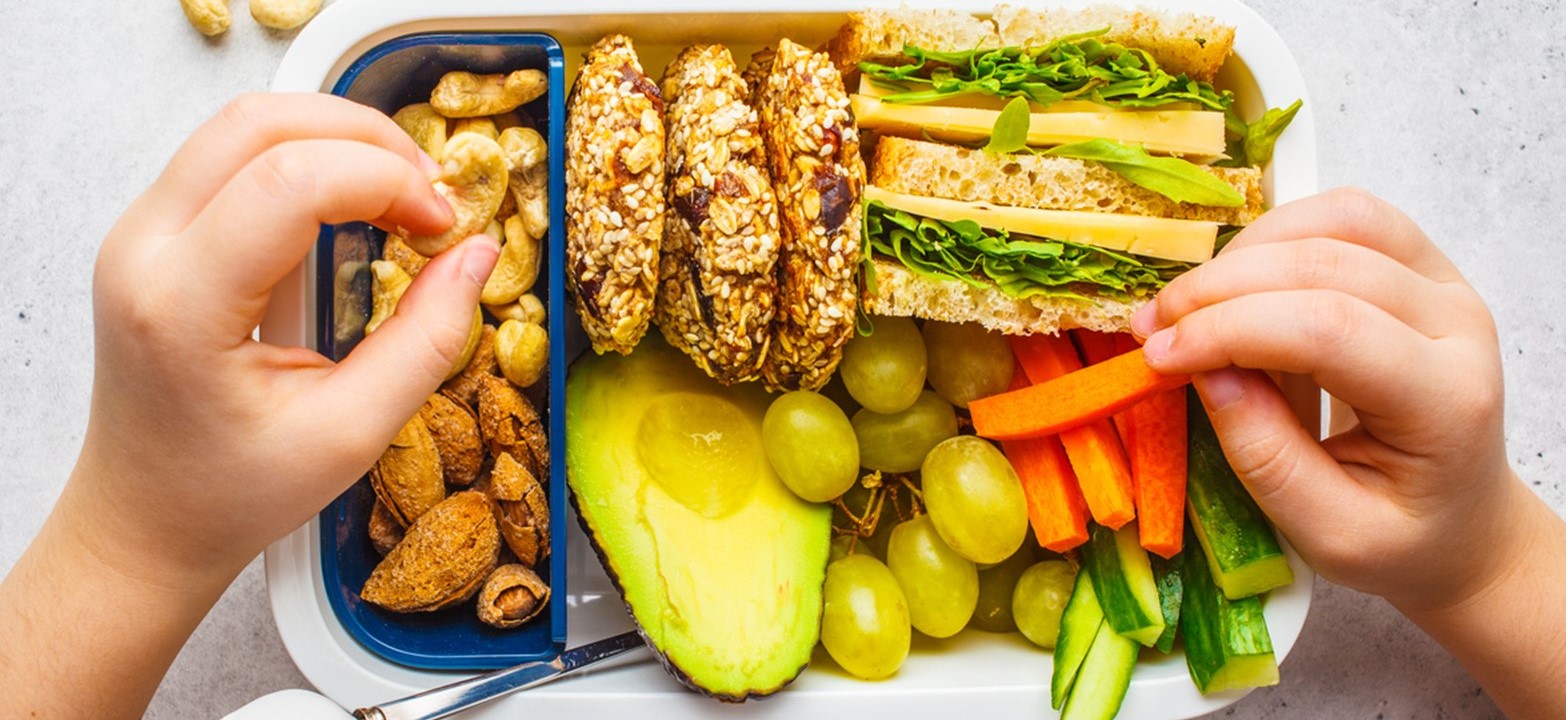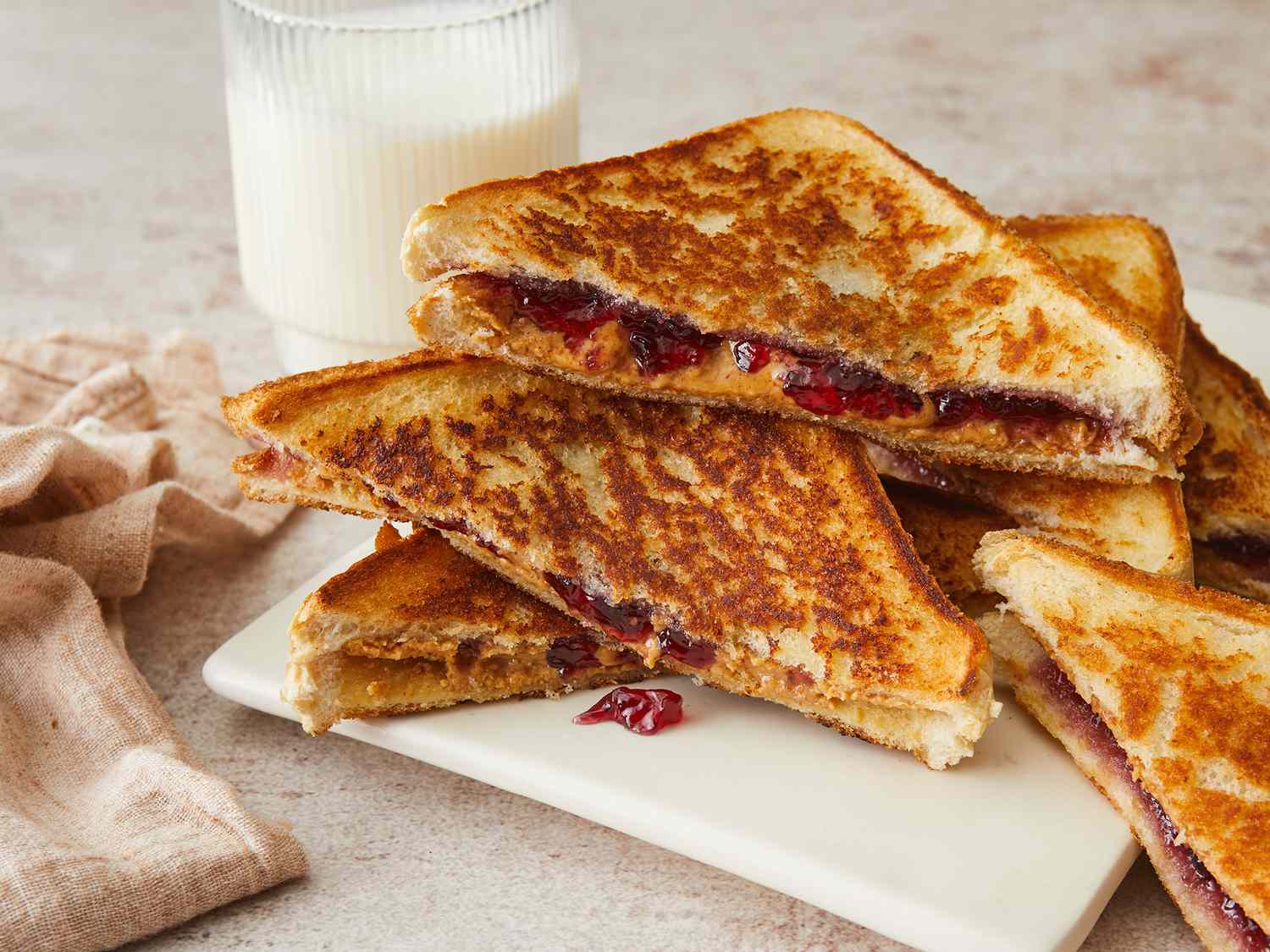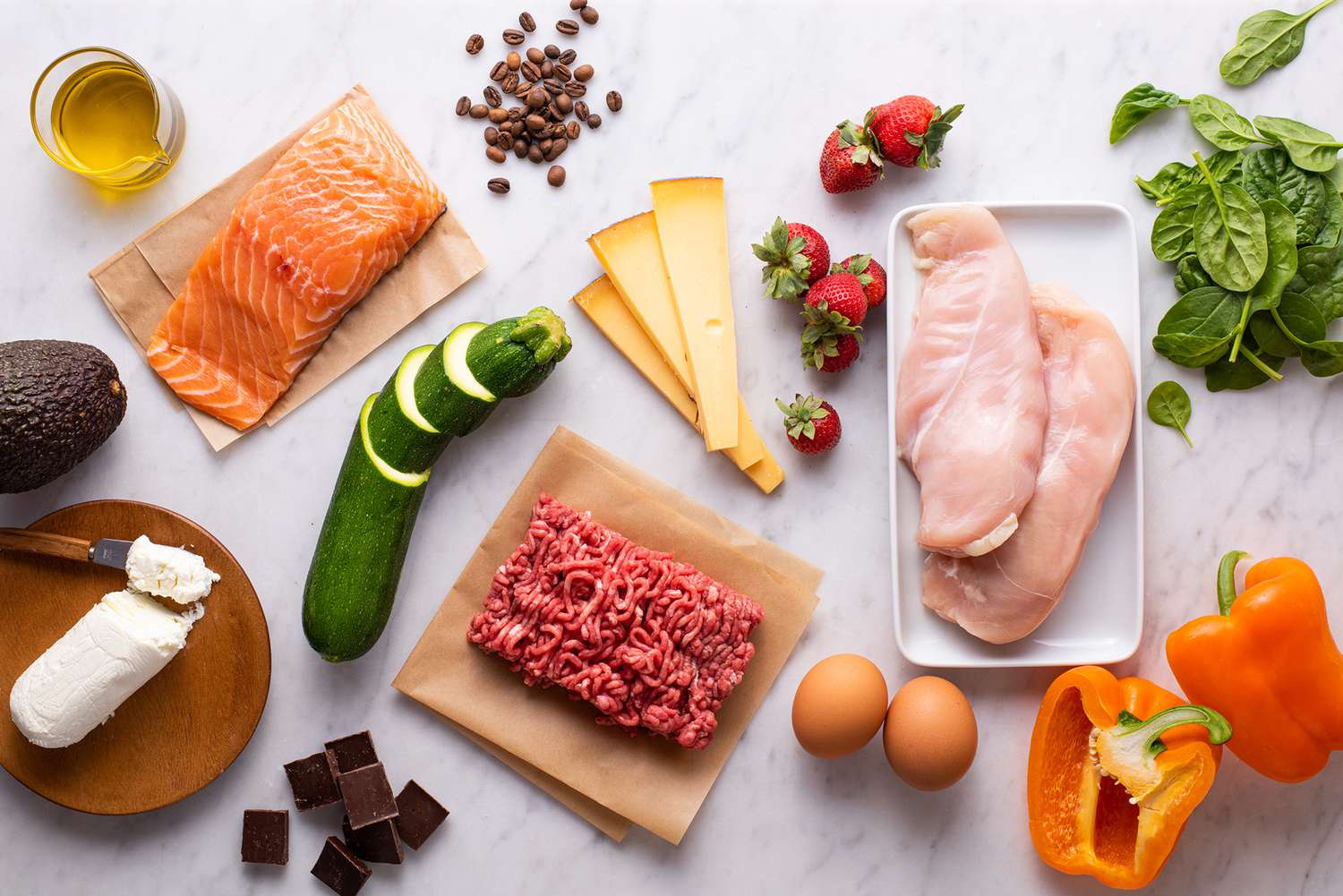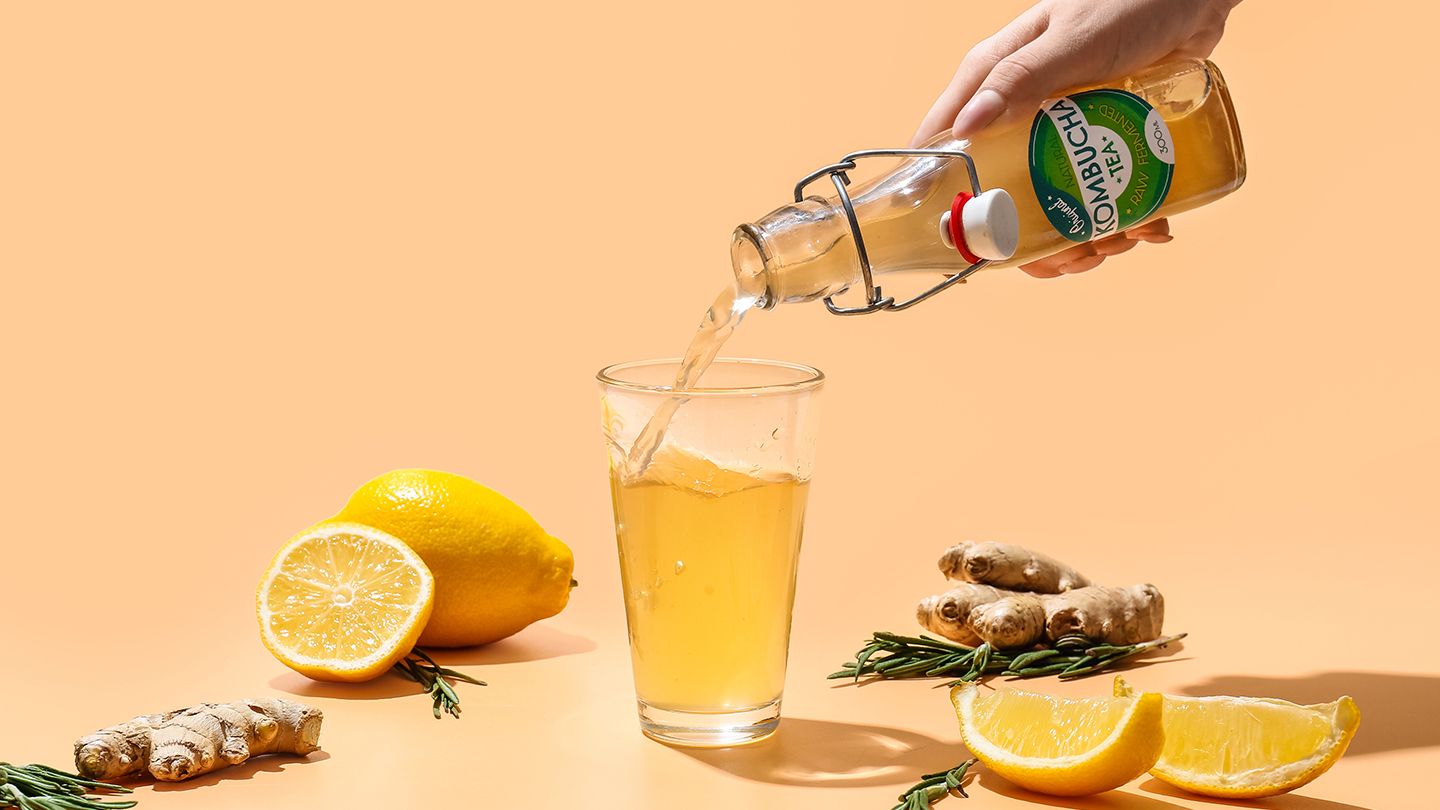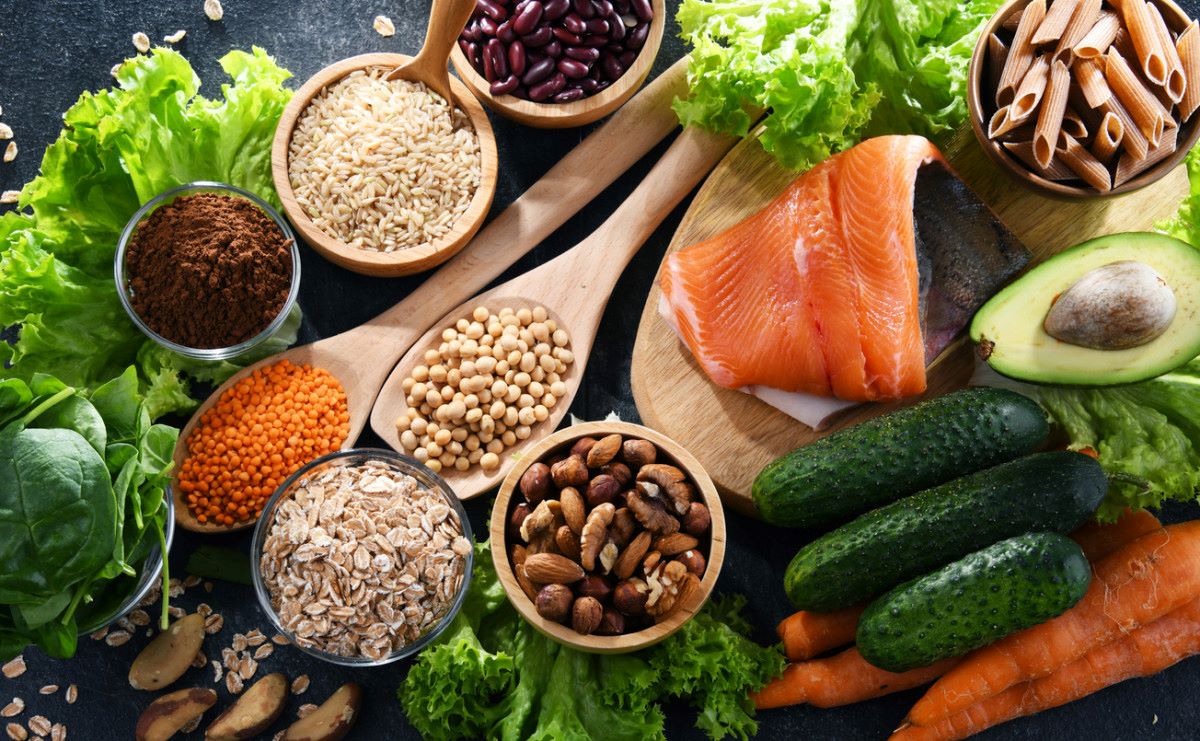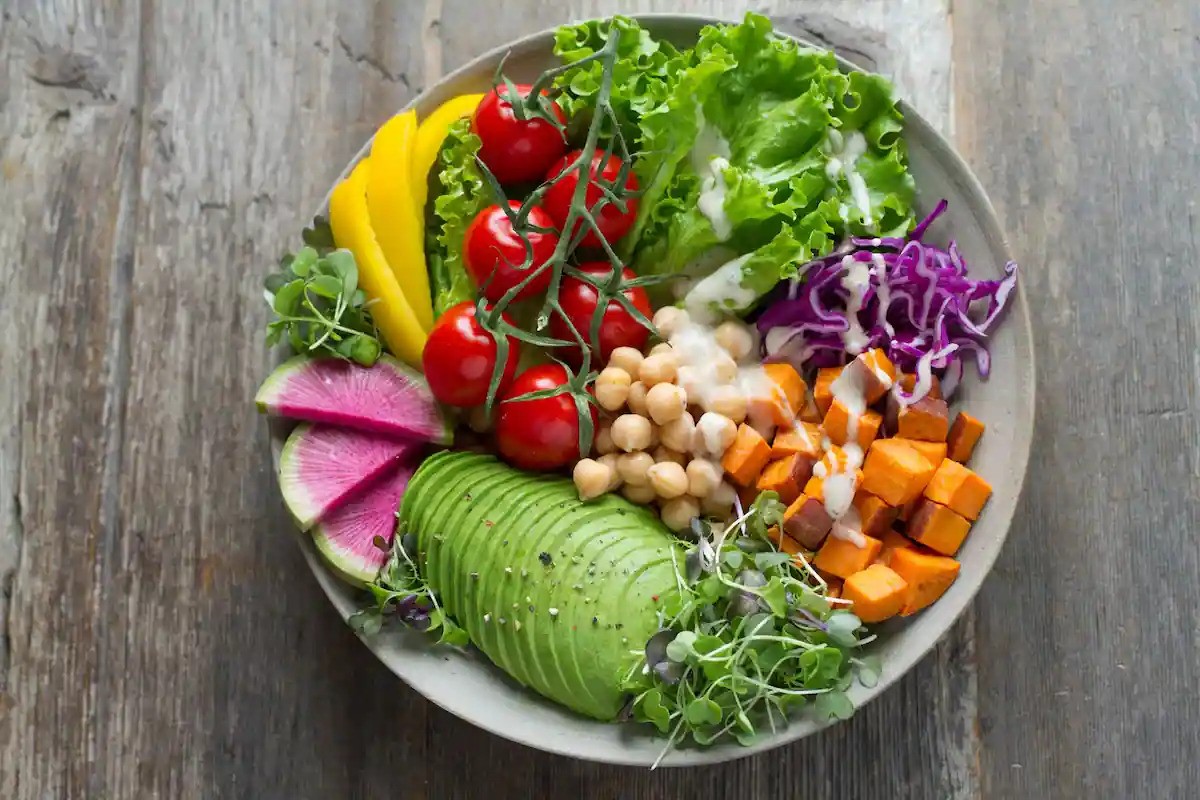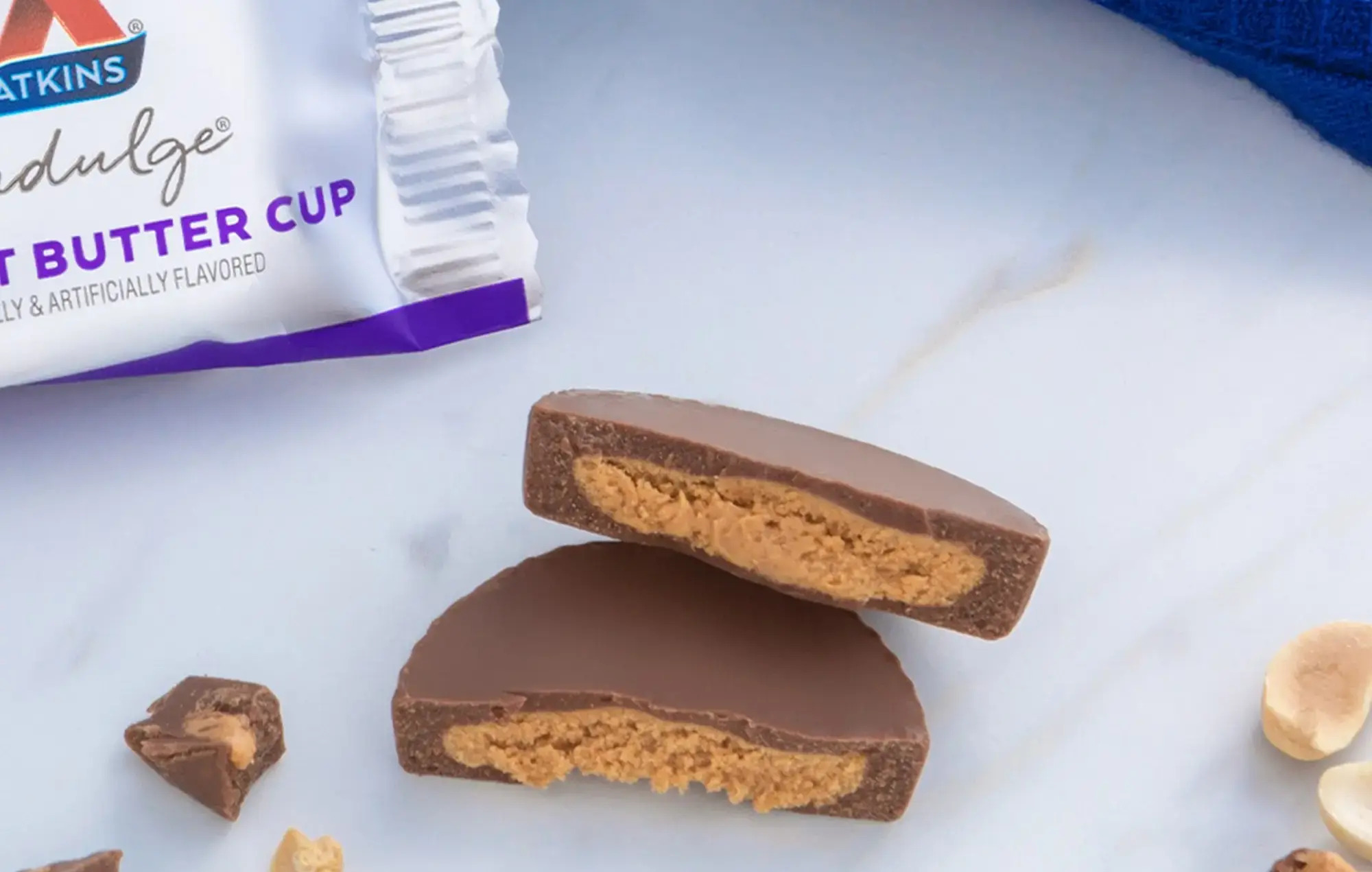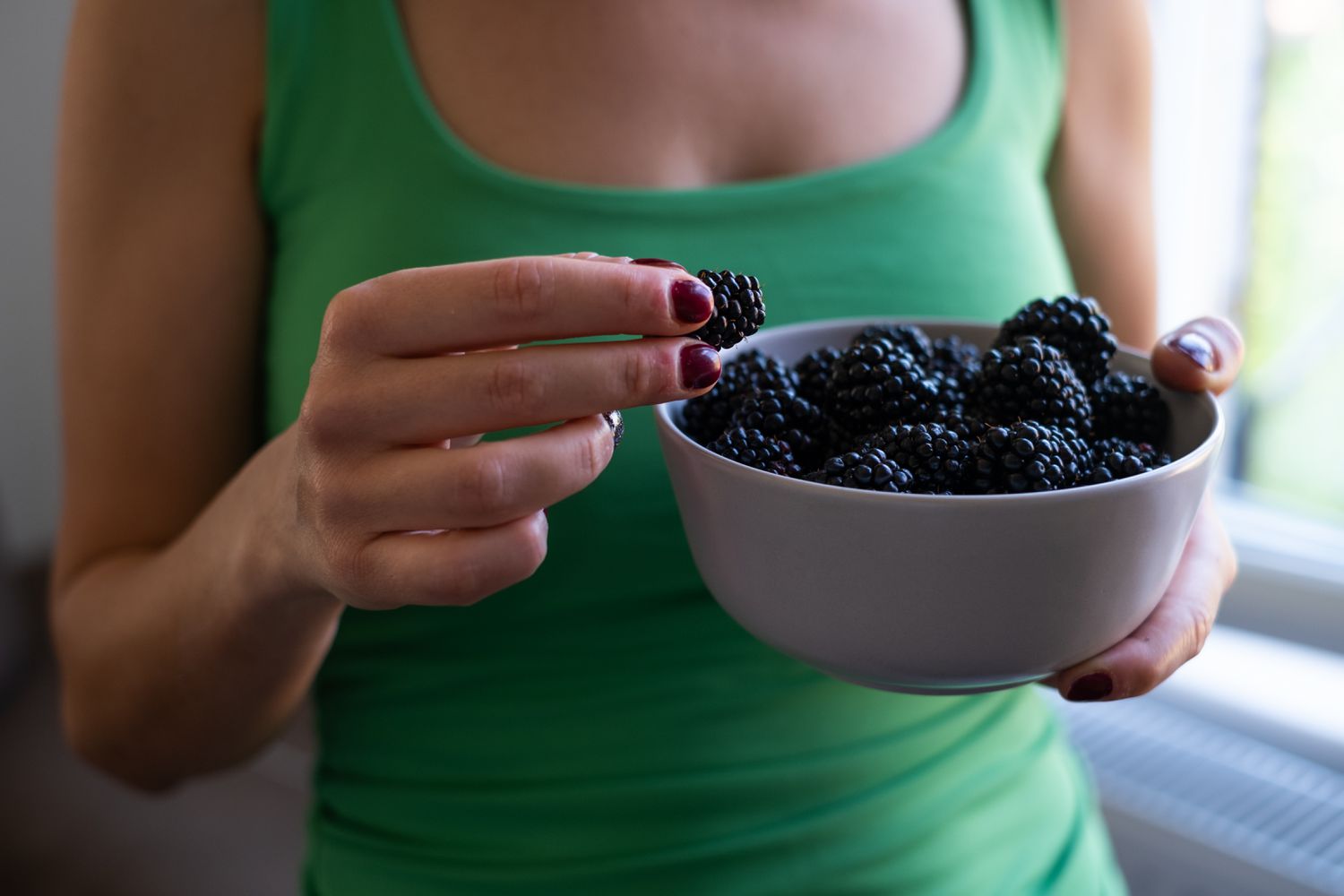What is a Carb-Free Diet?
A carb-free diet, also known as a low-carb diet, is a dietary plan that restricts the consumption of carbohydrates. Carbohydrates are found in foods such as bread, pasta, rice, and sugary snacks. By following a carb-free diet, individuals aim to reduce their intake of these foods and focus on consuming protein, healthy fats, and non-starchy vegetables.
Benefits of a Carb-Free Diet
There are several potential benefits of following a carb-free diet, including:
- Weight Loss: Limiting carb intake can lead to weight loss as the body burns fat for fuel instead of carbohydrates.
- Improved Blood Sugar Control: For individuals with diabetes or insulin resistance, reducing carbs can help stabilize blood sugar levels.
- Increased Energy: Some people report feeling more energetic and alert when they reduce their carb intake.
- Reduced Cravings: Cutting carbs can help reduce cravings for sugary and processed foods.
Foods to Eat on a Carb-Free Diet
When following a carb-free diet, it’s important to focus on consuming foods that are low in carbohydrates. Here are some examples of foods that can be included in a carb-free diet:
- Lean proteins such as chicken, turkey, fish, and tofu
- Healthy fats like avocados, nuts, seeds, and olive oil
- Non-starchy vegetables including spinach, broccoli, cauliflower, and bell peppers
- Some dairy products like cheese and full-fat yogurt
A Sample Day on a Carb-Free Diet
Here’s an example of what a day on a carb-free diet might look like:
- Breakfast: Scrambled eggs with spinach and avocado
- Lunch: Grilled chicken salad with mixed greens, tomatoes, and olive oil dressing
- Snack: Celery sticks with almond butter
- Dinner: Baked salmon with steamed broccoli and a side of cauliflower rice
Tips for Success
When transitioning to a carb-free diet, it’s important to keep the following tips in mind:
- Stay Hydrated: Drink plenty of water throughout the day to stay hydrated and support your body’s functions.
- Read Labels: Be mindful of hidden carbs in packaged foods and read nutrition labels carefully.
- Plan Ahead: Prepare meals and snacks in advance to avoid reaching for high-carb options when hunger strikes.
- Listen to Your Body: Pay attention to how your body responds to the diet and make adjustments as needed.
Consult a Healthcare Professional
Before making any significant changes to your diet, especially one as restrictive as a carb-free diet, it’s important to consult with a healthcare professional or a registered dietitian. They can provide personalized guidance and ensure that you are meeting your nutritional needs while following the diet.
Conclusion
Following a carb-free diet can have potential benefits for some individuals, including weight loss and improved blood sugar control. By focusing on consuming protein, healthy fats, and non-starchy vegetables, it is possible to create satisfying and nutritious meals while reducing carb intake. As with any dietary change, it’s important to approach a carb-free diet with awareness and consideration for individual health needs.

